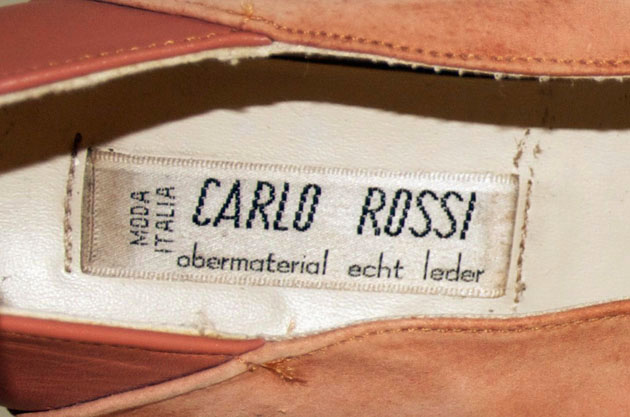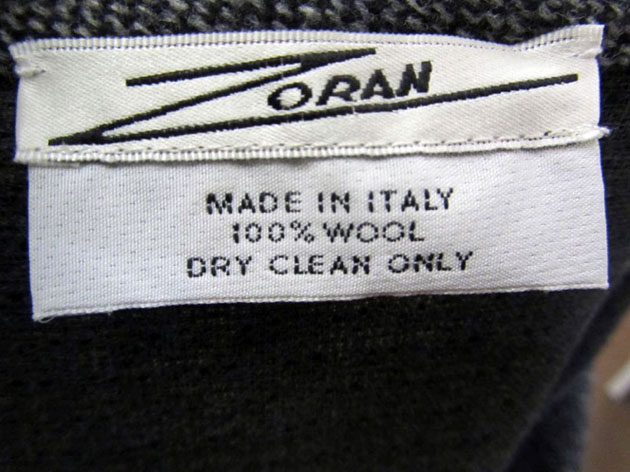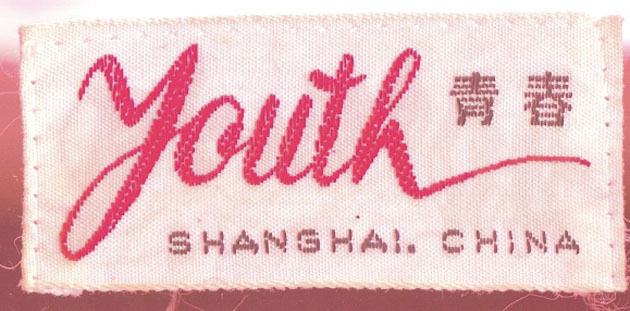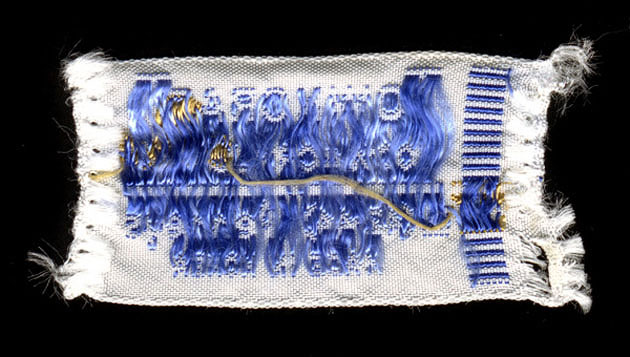Made In Italy – A Label Or A Concept?

When a class of Fashion Marketing & Communication students got the question of what first comes to their mind when thinking of the phrase “Made in Italy”, most of them answered quality, followed by other affirmative expressions. The following question, if a label spelling Made in Italy today brings out the same favourable words with the same level of certainty, got a more inconsistent reaction from the group. The matter is, as of today, does a label promising Made in Italy truly equal high-end quality?
It’s a fact that the Italian craftsmanship and production quality have had a rough ride during the recent years, and questions regarding what actually constitutes Made in Italy have been intensely discussed. Renowned and prestigious fashion houses, such as Gucci and Fendi, are trying to keep up with their legacy, sustaining the quality level and maintaining the reputation as true Made in Italy companies. By the end of 2010, Fendi published the book “The Whispered Directory of Craftsmanship: A Contemporary Guide to the Italian Hand Making Ability” and on Gucci.com the visitor can find a section dedicated to the subject, communicating their focal point; “Made in Italy is an integral part of the essence of Gucci and goes beyond being a mere slogan.” Part of the problem lies in the fact that many brands have moved a great deal of the production overseas, while keeping the label marking “Made in Italy”. Borders are being pushed and the difficulty lies in determine how big part of the goods have to be manufactured in Italy to earn the right for the label.


Further hitches have been found for example in the situation of Prato, the famous Italian production district. In the late 1980’s, Chinese labourers began to settle down in this little city, right outside the legendary fashion city Florence, transforming the textile centre into a fast-fashion and low-end production area. Today Prato holds more than 3000 businesses using Chinese workers to produce low-end garments, shoes and accessories. Materials are often imported from China and products are sold through mid-price and low-end retailers. The line between Made in Italy and Made in China has become very fine, and high-end manufacturers are having a hard time competing with the Chinese factories’ low prices.
In the middle of this discussion it is refreshing to discover young, small companies who still have the inspiration and boldness to start up Made in Italy businesses. These are creative young people who are taking their Italian heritage with them into the future. Organizations such as Mad in Italy and Cento per cento Italiano are actively working to protect the status of Made in Italy. The question that we find important for the future is what we want to do with this legacy. Protect it, or protect and re-launch it in a way that is adaptable to how the market is looking today. Is Made in Italy a label, or is it a concept and a way of thinking and feeling “I wear quality”?

Lisa Olsson Hjerpe – Photos courtesy of HALO Labels

